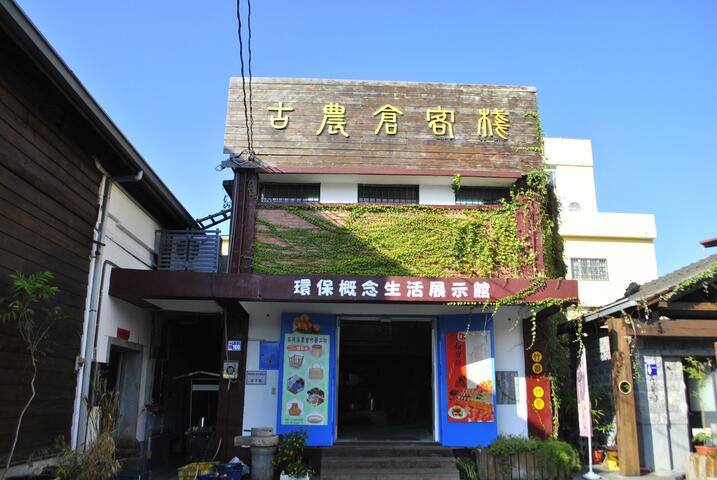Shigang Farmers' Association Rice Mill Introduction
During the Japanese occupation's Taisho era, the Japanese established credit unions across Taiwan to manage rice farming production and sales. It wasn't until after World War II that these were transformed into agricultural associations. Agriculture was once the backbone of early people's livelihood and the economy, with rice production being the mainstay of Shihgang's agricultural output. As a result, the agricultural association took on the crucial responsibilities of processing, promoting, and improving agricultural practices. During this time, the rice mill granary factory held significant importance and was an indispensable part of Shihgang District's historical development. The "Rice Mill Granary" of the Shihgang Agricultural Association was built in the 17th year of the Showa era (1942) and served as a rice milling factory characterized by precision wood construction. However, as agriculture gradually transformed and rice production sharply declined, it inevitably became part of history. After being damaged in the 921 earthquake in 1999, it was restored through a subsidy of 7 million TWD from the Executive Yuan's Cultural Construction Committee and 7.55 million TWD raised by the original Shihgang Township Office, and it has been restored by the office to this day.




























